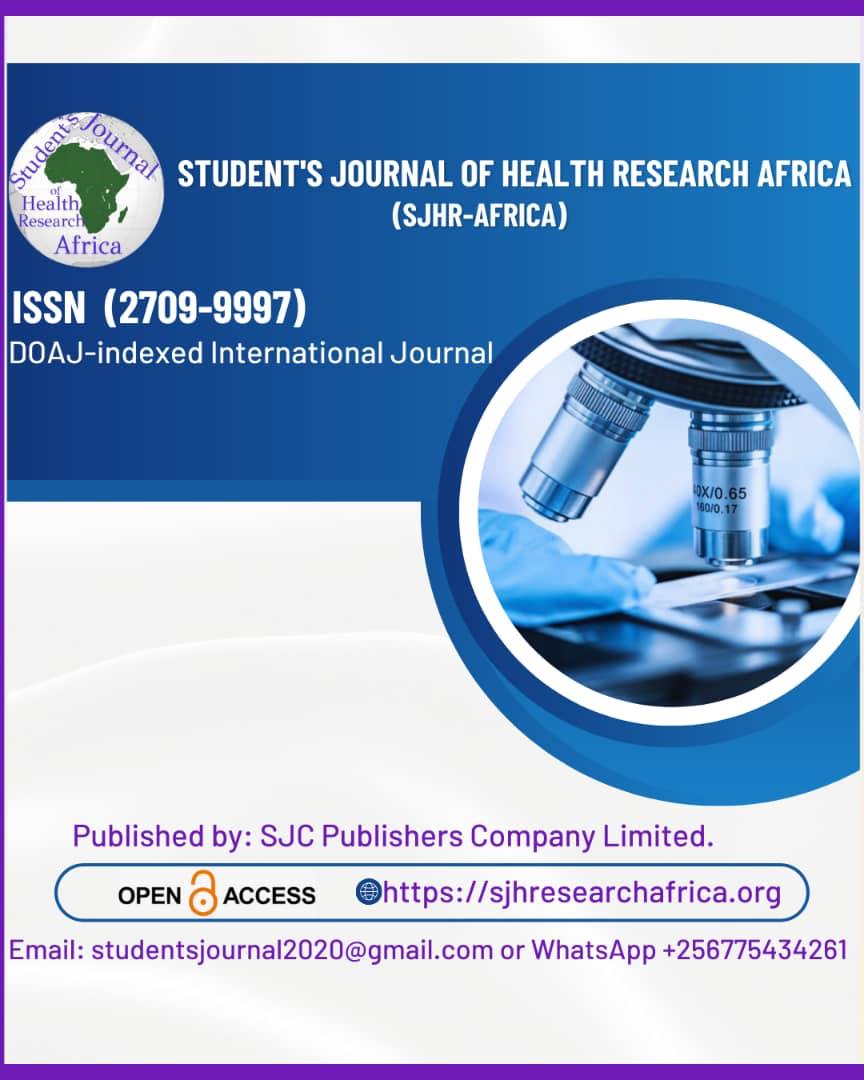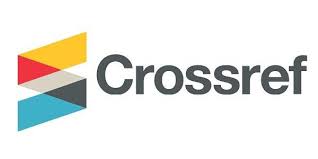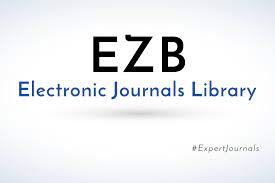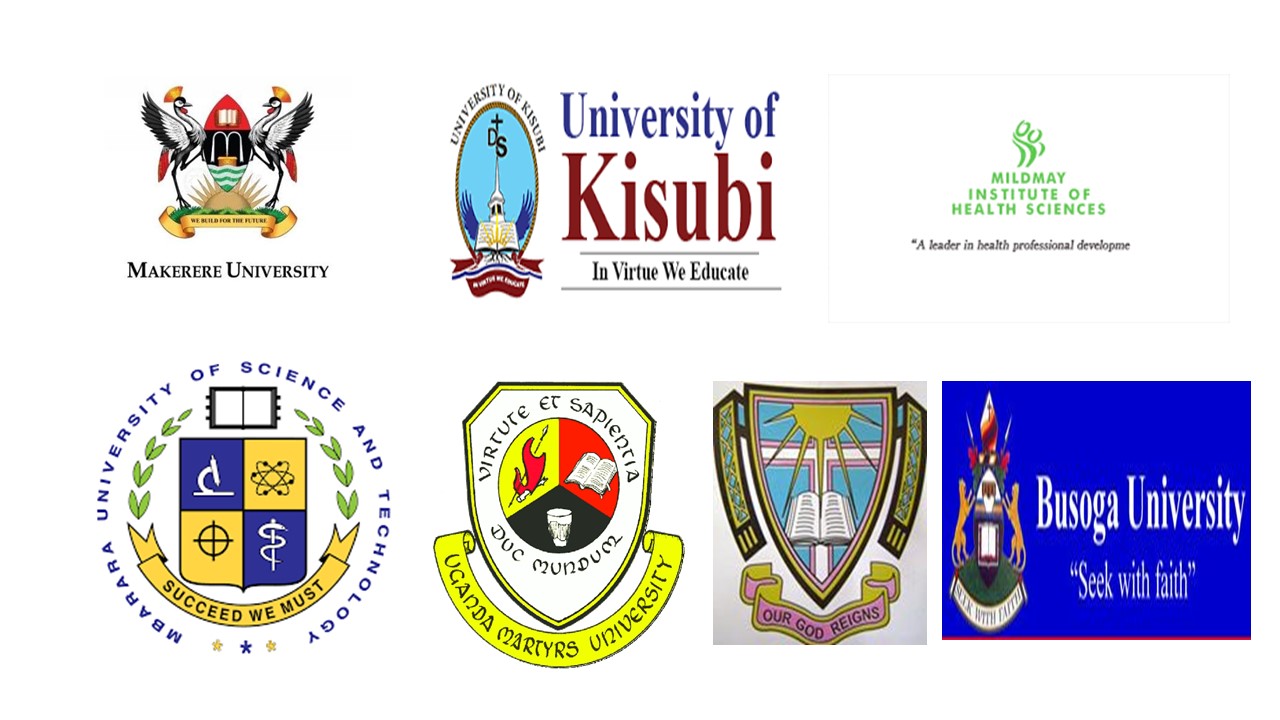A Cross-sectional bioassessment of ecological integrity using SASS5 in the Umngeni, Thukela, Umvoti, Umdloti, and Umfolozi rivers, KwaZulu-Natal.
DOI:
https://doi.org/10.51168/sjhrafrica.v6i6.1843Keywords:
SASS5 (South African Scoring System), Ecological Integrity, Bioassessment, River Health, KwaZulu-Natal Rivers, uMngeni River, Thukela River, Umvoti River, Umdloti River, Umfolozi River, Aquatic Macroinvertebrates, Freshwater Ecosystems, Water Quality Monitoring, BiomonitoringAbstract
Background
Freshwater ecosystems provide essential biodiversity and ecological services but face increasing threats from urbanization, agriculture, and industrial discharge. In South Africa, the South African Scoring System version 5 (SASS5) is widely used to monitor river health through macroinvertebrate community responses. This study assessed the ecological integrity of five major rivers in KwaZulu-Natal, uMngeni, Thukela, Umvoti, Umdloti, and Umfolozi, using SASS5 to evaluate biotic responses to environmental stress across spatial gradients.
Methods
A cross-sectional bioassessment was conducted between October and December 2024 at 15 sites (upstream, midstream, and downstream per river). Macroinvertebrates were sampled using SASS5 protocols across different biotopes. Taxa were identified to family level, with SASS5 scores and Average Score Per Taxon (ASPT) calculated. Physical habitat quality was assessed using the Index of Habitat Integrity (IHI). Statistical analyses, including Pearson’s correlation, were used to evaluate relationships between habitat quality and biotic indices across sites.
Results
Substantial spatial variability was observed. The uMngeni and Umvoti Rivers recorded the lowest downstream scores (SASS5: 48 and 52; ASPT: 4.2 and 4.4, respectively), indicating poor ecological condition due to urban and industrial pollution. In contrast, Umdloti and Umfolozi Rivers displayed higher scores, reflecting better habitat quality and ecological integrity. The Thukela River showed moderate scores with downstream decline. A significant positive correlation between SASS5 scores and IHI (r = 0.76, p < 0.01) confirmed that better habitat conditions supported healthier macroinvertebrate communities.
Conclusion
River health in KwaZulu-Natal is highly variable, with downstream sections most impacted by anthropogenic stress. SASS5 proved effective in detecting ecological degradation across spatial gradients.
Recommendation
Integrated biomonitoring using SASS5, habitat, and water quality assessments is recommended. Degraded downstream reaches should be prioritized for restoration via land-use management, pollution control, and community-based monitoring.
References
Álvarez-Cabria, M., Barquín, J. & Peñas, F.J. (2010) 'Spatial and seasonal variability of macroinvertebrate metrics: Do macroinvertebrate communities track river health?', Ecological Indicators, 10(2), pp. 370-379. https://doi.org/10.1016/j.ecolind.2009.06.018
Barbour, M.T., Gerritsen, J., Griffith, G.E., Frydenborg, R., McCarron, E., White, J.S. & Bastian, M.L. (1996) 'A framework for biological criteria for Florida streams using benthic macroinvertebrates', Journal of the North American Benthological Society, 15(2), pp. 185-211. https://doi.org/10.2307/1467948
Froufe-Pérez, L.S. and Carminati, R. (2008) 'Controlling the fluorescence lifetime of a single emitter on the nanoscale using a plasmonic superlens', Physical Review B, 78(12), p. 125403. https://doi.org/10.1103/PhysRevB.78.125403
Dickens, C.W.S. & Graham, P.M. (2002) 'The South African Scoring System (SASS) Version 5 Rapid Bioassessment Method for Rivers', African Journal of Aquatic Science, 27(1), pp. 1-10. https://doi.org/10.2989/16085914.2002.9626569
Holt, E.A. & Miller, S.W. (2011) 'Bioindicators: Using organisms to measure environmental impacts', Nature Education Knowledge, 2(2), p. 8.
O'Brien, M.J., Squires, A.P., Bixby, R.A. & Larson, S.C. (2009) 'Role development of community health workers: An examination of selection and training processes in the intervention literature', American Journal of Preventive Medicine, 37(6 Suppl 1), pp. S262-S269. https://doi.org/10.1016/j.amepre.2009.08.011 PMid:19896028 PMCid:PMC2856599
O'Brien, K., Wilkins, A., Zack, E. & Solomon, P. (2010) 'Scoping the field: Identifying key research priorities in HIV and rehabilitation', AIDS and Behaviour, 14(2), pp. 448-458. https://doi.org/10.1007/s10461-009-9528-z PMid:19277858
Thirion, C. (2007) 'Module E: Macroinvertebrate Response Assessment Index (MIRAI)', in River EcoClassification: Manual for EcoStatus Determination (Version 2). Water Research Commission Report No. TT 332/08. Pretoria: Water Research Commission.
Van den Brink, W., Hendriks, V.M., Blanken, P., Koeter, M.W.J., van Zwieten, B.J. & van Ree, J.M. (2003) 'Medical prescription of heroin to treatment resistant heroin addicts: Two randomised controlled trials', BMJ, 327(7410), p. 310.
https://doi.org/10.1136/bmj.327.7410.310 PMid:12907482 PMCid:PMC169643
Downloads
Published
How to Cite
Issue
Section
License
Copyright (c) 2025 Sibonelo Thanda Mbanjwa

This work is licensed under a Creative Commons Attribution-NonCommercial-NoDerivatives 4.0 International License.






















